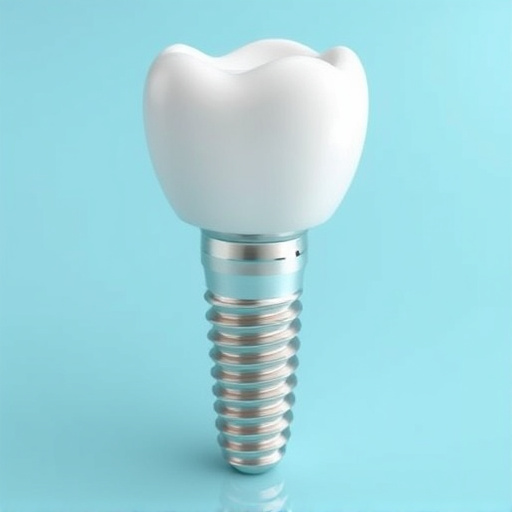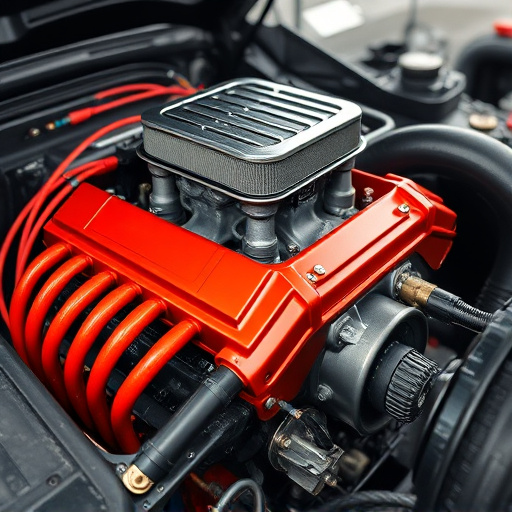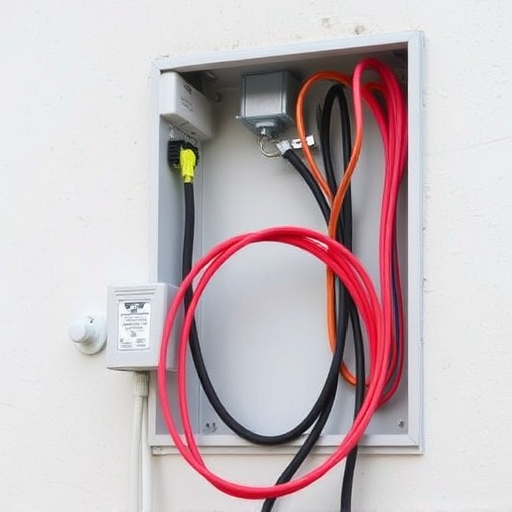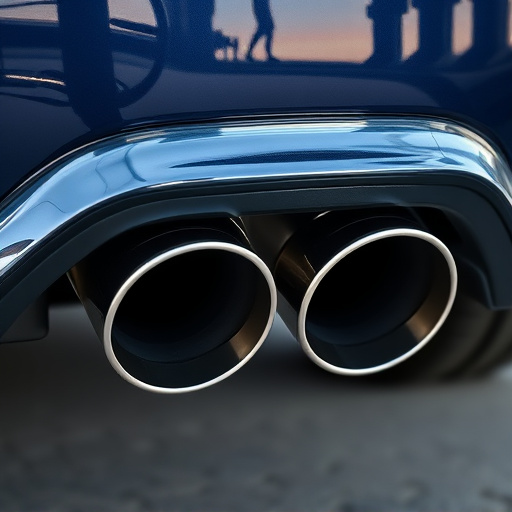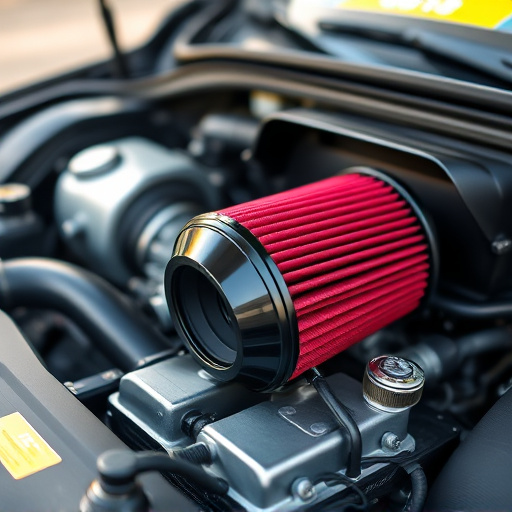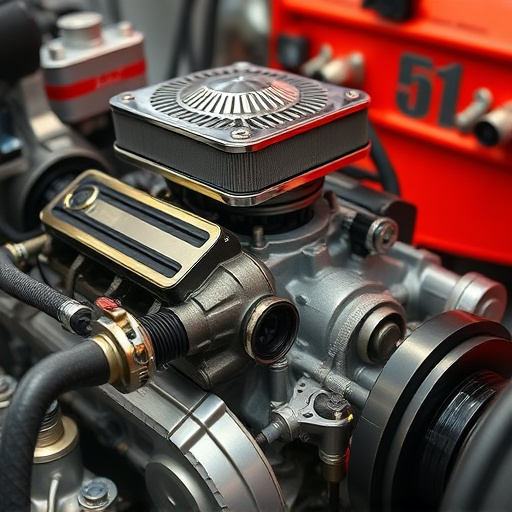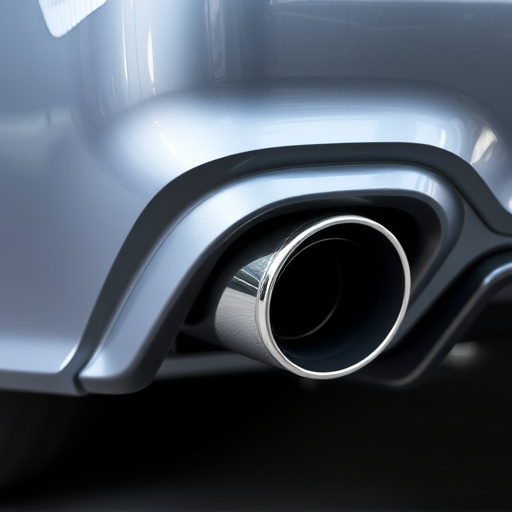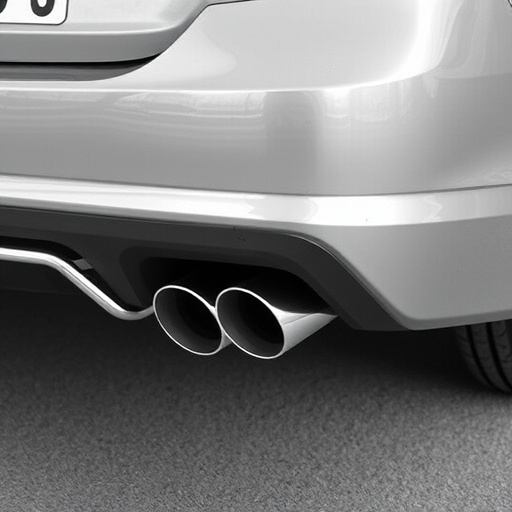Upgrading your engine air intake system is a direct path to improved vehicle performance and efficiency. This guide emphasizes identifying components for enhancement, using high-quality replacement parts specific to your vehicle, creating a safe workspace, carefully removing existing components, cleaning the area, installing new air intake systems, and ensuring secure connections for seamless integration with vehicle systems. Essential tools include hand tools, torque wrench, air pressure gauge, wire stripper, screwdrivers, safety glasses, and gloves.
“Upgrade your vehicle’s performance with a new engine air intake system! This comprehensive guide will walk you through the essentials of understanding these systems and the tools required for a successful upgrade. From identifying components to selecting the right parts, we’ll equip you with knowledge. Learn about the essential tools needed, including specific hardware and measurement devices, to ensure a smooth installation process. Get ready to breathe new life into your engine.”
- Understanding Engine Air Intake Systems
- Essential Tools for Upgrade Process
- Step-by-Step Guide to Installation
Understanding Engine Air Intake Systems
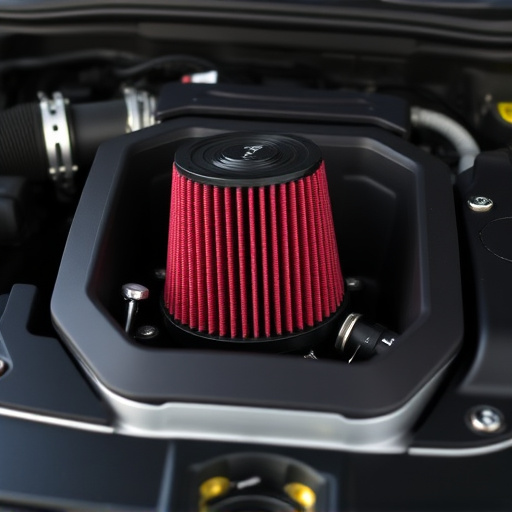
An engine air intake system is a vital component that facilitates the flow of clean air into an internal combustion engine. It plays a crucial role in enhancing engine performance, ensuring optimal fuel combustion, and maximizing efficiency. This system comprises several parts, including air filters, air intake hoses, and in some cases, air distribution boxes. By allowing cool, dense air to enter the engine, it promotes better combustion, resulting in increased horsepower and torque. Understanding how this system functions is essential when considering upgrades, as modifying it can significantly impact your vehicle’s overall performance.
Upgrading an engine air intake system is a popular choice among car enthusiasts aiming to boost their vehicles’ capabilities. Replacing stock air intakes with high-flow designs or cold air intake systems can lead to notable improvements in power and response. These upgrades often involve higher-flow air filters, larger bore hoses, and alternative routing to minimize restrictions. Moreover, when combined with other modifications like performance exhaust systems or suspension kits, an enhanced engine air intake can contribute to a more seamless driving experience, offering both improved acceleration and better overall performance.
Essential Tools for Upgrade Process
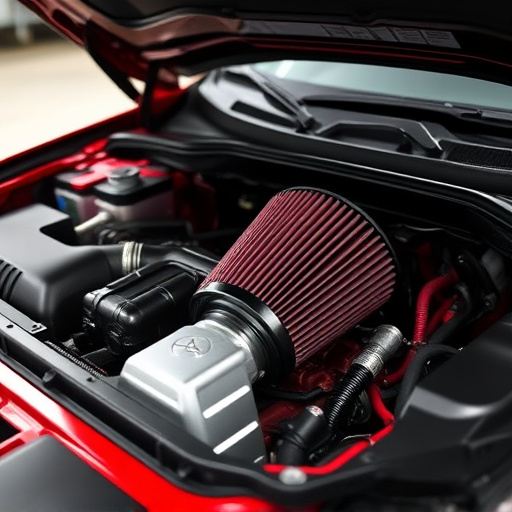
When upgrading your engine air intake system, having the right tools is as crucial as understanding the process. Essential tools for this task include a variety of hand tools like wrenches, sockets, and pliers, which are indispensable for dismantling and reassembling components. A torque wrench is a must-have, ensuring that you achieve the correct tightening specifications for optimal performance.
Additionally, consider investing in an air pressure gauge to test airflow and ensure proper system functionality after installation. Other useful tools include a wire stripper, especially if your new intake involves replacing electrical connectors, and a set of screwdrivers tailored to the specific hardware of your vehicle’s engine bay. Don’t forget about protective gear, such as safety glasses and gloves, to safeguard against flying debris and tight spaces.
Step-by-Step Guide to Installation
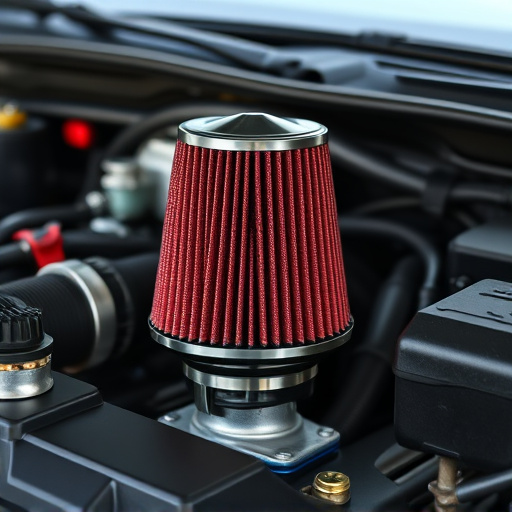
Upgrading your engine air intake system is a direct route to enhancing performance and efficiency. Here’s a step-by-step guide to help you navigate this process smoothly. Begin by identifying the specific components within your air intake system that require an upgrade, such as the mass air flow sensor or the air filter. Next, procure high-quality replacement parts tailored for your vehicle make and model—including top-tier air intake systems and, if necessary, coilover kits for optimal tuning.
Ensure a safe workspace by parking your vehicle on a level surface and engaging the parking brake. Put on protective gear, including gloves and safety goggles. Carefully remove the existing air intake components, being mindful of any sensors or hardware that need to be reinstalled. Clean the area thoroughly to eliminate debris and ensure proper sealing. Once your engine bay is prepared, install your new air intake systems according to the manufacturer’s instructions. Pay close attention to connections, ensuring all sensors and lines are securely fastened and aligned correctly. Verify that the upgraded components seamlessly integrate with your vehicle’s existing systems, especially if you’re installing high-performance pieces like brake rotors for better heat dissipation.
Upgrading your engine’s air intake system is a key step in enhancing performance and efficiency. By understanding the basics, gathering the right tools, and following a structured guide, you can achieve significant improvements. Remember, proper tools are essential for a successful upgrade, ensuring a seamless process and optimal results for your vehicle’s engine air intake system.




